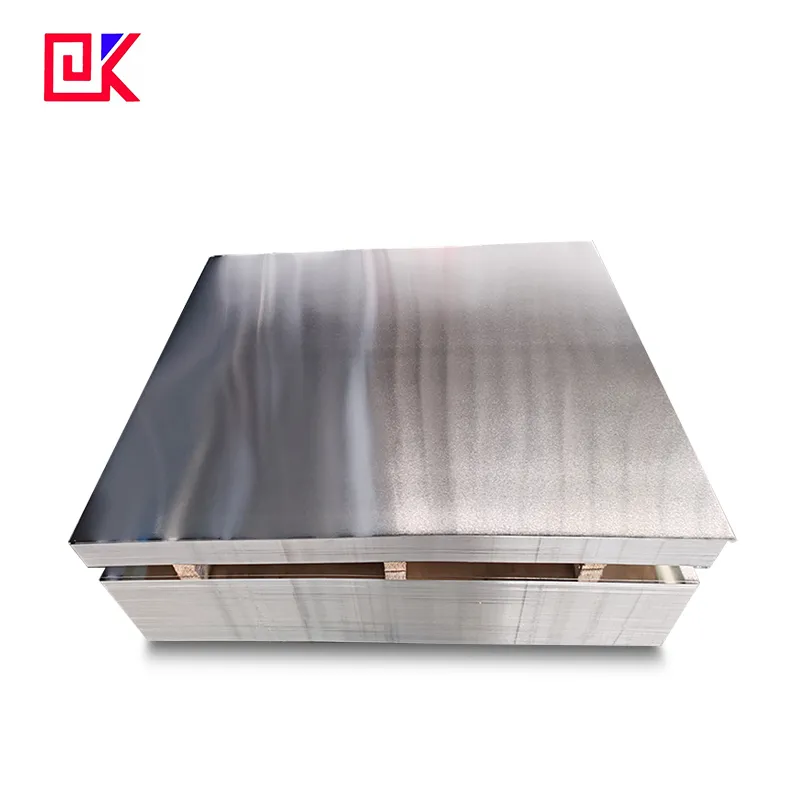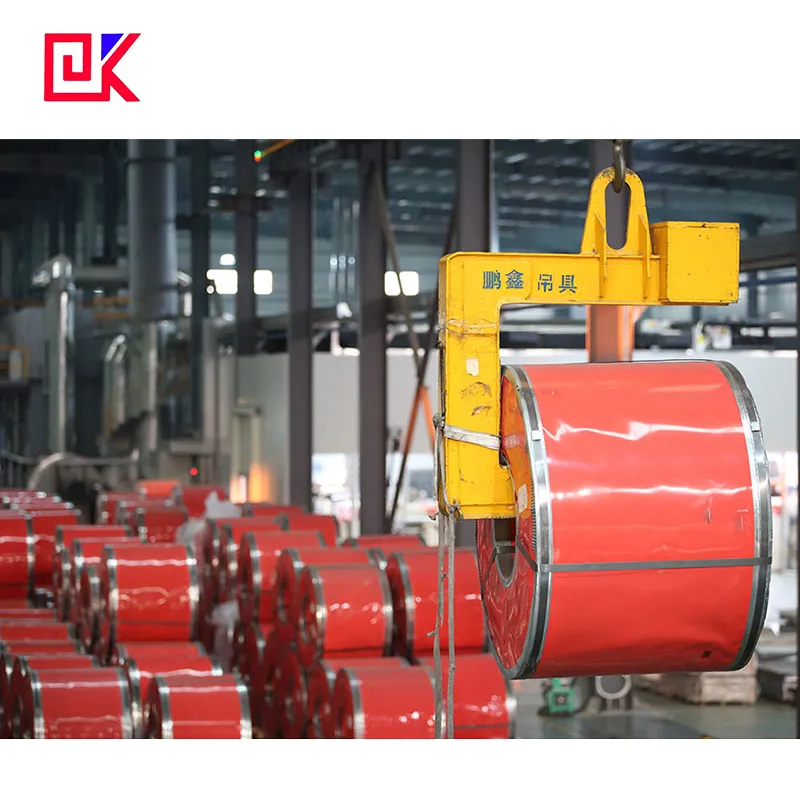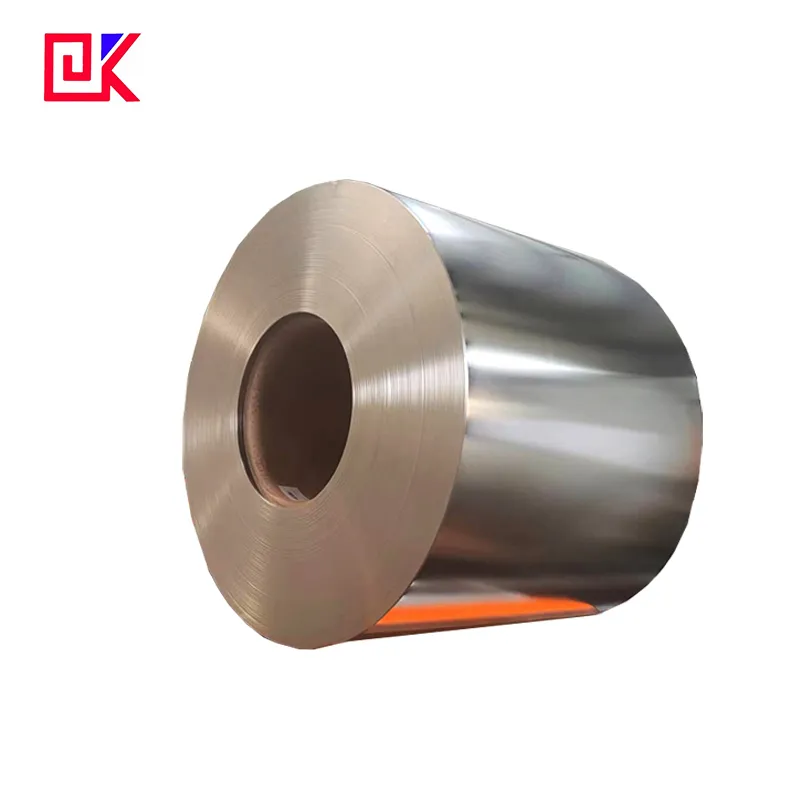Tinplate sheets are widely used for storage and packaging in cooking because of their hard metal texture, rapid heat transfer and low cost. However, in response to the question raised by some baking enthusiasts - "Can I use tinplate sheets to bake food?" We need to explore its feasibility, safety and related precautions in depth to help people make wise kitchen choices.
This article will analyze the material composition of tinplate, temperature tolerance, whether it will release harmful substances, and other suitable baking utensils to answer the question of whether tinplate sheets can be used to bake food.

What is tinplate sheet?
Tinplate sheet is a composite metal material based on steel and coated with a layer of tin on its surface. It is often used to make food cans, storage cans, cosmetic containers, etc. The steel itself has high hardness and can provide good support, while the surface tin coating mainly plays a role in rust and corrosion prevention, ensuring that the food is not directly contaminated by metal during storage.
As a low-toxic metal, tin is relatively stable within a certain temperature range and is not easy to react with food. Therefore, tinplate sheet is widely used in the field of food packaging due to its good anti-corrosion performance, sealing and low cost. However, the tin-plating process is mainly designed for storage needs, and does not specifically consider the performance in high-temperature heating environments.

Is tinplate plate suitable for baking?
1. High temperature resistance of the material:
The tin on the surface of tinplate has stable performance at room temperature and can well protect the underlying steel plate from corrosion. However, the melting point of tin is relatively low, about 232°C. During baking, the oven temperature often reaches or even exceeds 200°C, especially in some high-temperature baked foods (such as pizza and bread), the temperature may even reach above 230°C. This means that once the temperature exceeds the melting point of tin, the tin on the surface may melt, affecting the structural stability of the tinplate plate.
The melting of tin will also lead to the loss of the protective function of the surface layer, and the underlying steel will be exposed to air and food, which may cause rust, chemical reactions, etc. Therefore, there are great limitations in the use of tinplate plate at high temperatures, especially when it involves a long-term baking environment.
2. Safety of coating:
Modern food-grade tinplate sheets usually have an additional protective coating, such as epoxy resin coating, on top of the tin layer to further improve their corrosion resistance and safety. But even these coatings may change in high temperature environments. In particular, after the temperature exceeds a certain range, the resin coating may release harmful substances, such as bisphenol A (BPA), which may have a potential impact on human health. Although some countries have developed bisphenol A-free resin materials, using them in high temperature environments without determining the composition of the materials may lead to health risks.
3. Corrosion resistance:
The protective coating and tin layer of the tinplate sheet itself are mainly used to isolate the corrosion of air and moisture on steel. In high temperature environments, the stability of these coatings decreases, which can easily lead to the exposure of the metal substrate, thereby increasing the possibility of corrosion. High temperature accelerates the electrochemical reaction between materials, causing the tin layer to peel off or be oxidized. Once the tin layer is damaged, the tinplate sheet loses its protective properties and is more likely to rust.
Summary: Tinplate sheet is safer to use at room temperature and has good corrosion resistance. However, due to the low melting point of the tin layer and the possibility that the coating releases harmful substances at high temperatures, tinplate sheet is not suitable for high-temperature baking.

Will tinplate sheet release heavy metals?
Food packaging grade tinplate sheet is not easy to release harmful substances at room temperature, but whether it will release heavy metal elements such as lead and cadmium under high temperature conditions is worrying. High temperature may decompose the metal surface coating, resulting in food contamination. According to some food safety studies, long-term intake of heavy metal elements may have adverse effects on the human nervous system, liver and kidney function. Therefore, there is a potential risk of food safety when using tinplate sheet in baking.
Although the main components of tinplate sheet are tin and steel, which usually do not contain high concentrations of heavy metals, if the production process does not meet food-grade safety standards, there may be trace amounts of heavy metal residues. In a high temperature environment, the probability of these residual substances migrating into food also increases.
How to choose materials suitable for baking?
Since tinplate sheet has safety hazards in baking, what safe materials do we have for baking?
1. Stainless steel:
Stainless steel is one of the ideal choices for baking. High-quality stainless steel has good high temperature resistance, is not easy to release harmful substances, and its surface oxide film has good corrosion resistance and can remain stable for a long time at high temperatures. Stainless steel baking trays and grills are widely used in home baking and catering industries, suitable for baking all kinds of food.
2. Aluminum baking trays:
Aluminum products have excellent thermal conductivity and are widely used in baking containers. They can quickly and evenly conduct heat and reduce baking time. However, it should be noted that in order to prevent aluminum elements from directly contacting food, it is generally recommended to use special baking paper or aluminum foil to isolate the aluminum baking tray. In addition, some aluminum baking trays have been anodized to further improve their safety and corrosion resistance.
3. Silicone products:
Silicone is a flexible material that is resistant to high temperatures and is not easy to react with food. It is suitable for various baking scenarios. Silicone products are non-toxic and tasteless, have excellent anti-stick properties, and are particularly suitable for making bread, cakes and other foods, but silicone has weak support and is usually used to line baking trays rather than directly hold food.
4. Heat-resistant glass:
Heat-resistant glass containers can withstand high temperature changes and are suitable for environments such as ovens and microwave ovens. Its transparency allows people to clearly observe the baking of food and prevent over-baking. Heat-resistant glass is not easy to corrode or release harmful substances, but care should be taken to avoid drastic temperature changes that may cause cracks.

What should I pay attention to when using tinplate plates?
Although tinplate plates are not suitable for baking, they can still be used for short-term storage of food in low-temperature, dry environments. For example, when making desserts such as cookies and chocolates that require a low-temperature environment, tinplate plates can be used as storage utensils. In addition, the following points should also be noted when tinplate containers are used in the cooking process of food:
1. Avoid high-temperature cooking:
Tinplate plates are suitable for use in room temperature or low-temperature environments. Try to avoid heating or putting them in the oven to avoid damage to the material or safety hazards.
2. Pay attention to the acidity and alkalinity of the contents:
Highly acidic foods such as citrus and tomatoes will accelerate the corrosion of tinplate sheets, reduce their service life, and may cause metal substances to dissolve. Therefore, long-term storage of acidic or alkaline foods in tinplate sheets should be avoided.
3. Regular inspection and cleaning:
When using tinplate plates to store food, you should regularly check whether there are scratches, peeling, etc. on the surface to prevent the contents from contacting the underlying steel. At the same time, avoid using rough brushes to clean it so as not to damage its surface coating.
What products and services are available?
At Dekai, we supply a diverse range of metal packaging products: tinplate sheets, aerosol/dome cans, end-caps, bottoms, cut components, and coated or printed items. Our company is a one-stop factory manufacturing raw materials, coating, printing, forming, and packaging. We offer OEM and ODM services for branded packaging, custom printing options, promotional runs, and tailored packaging solutions.

